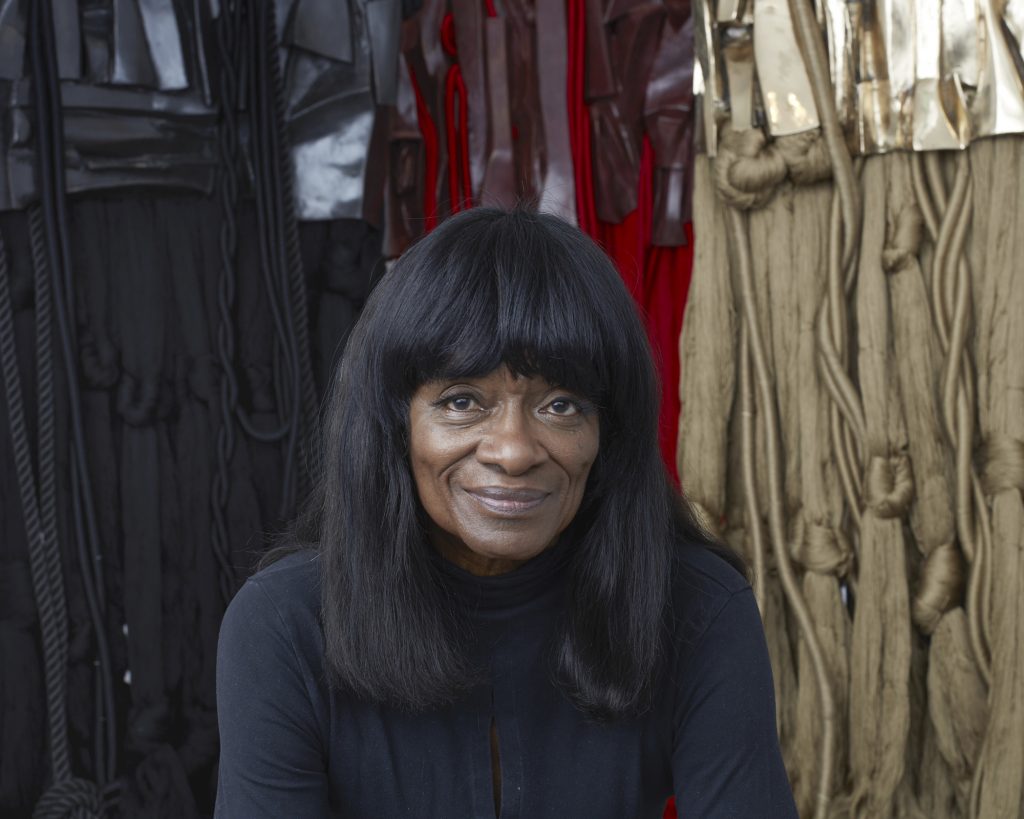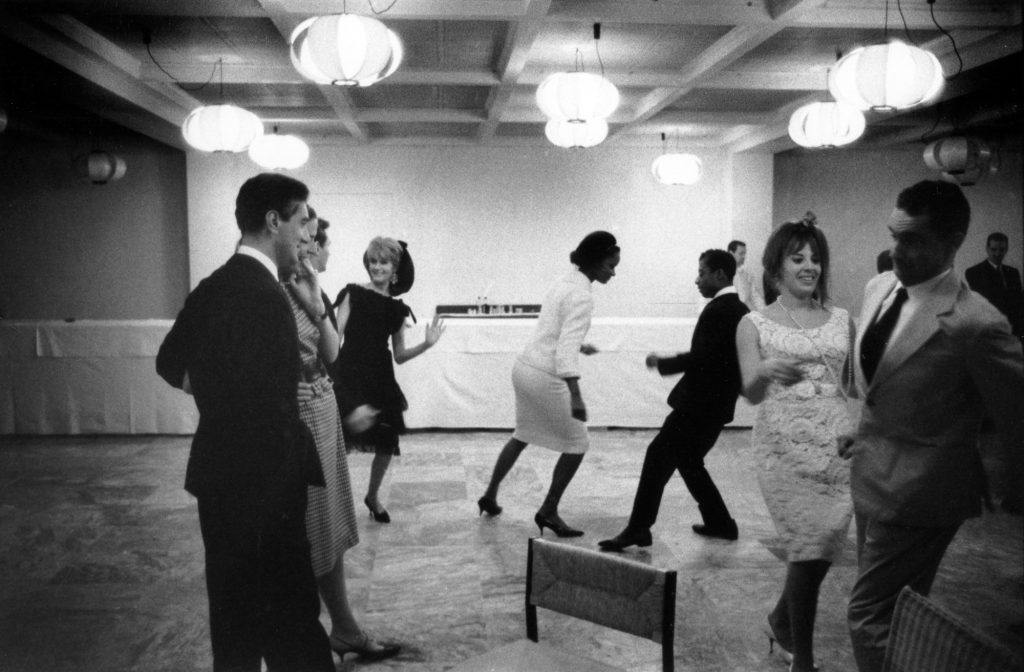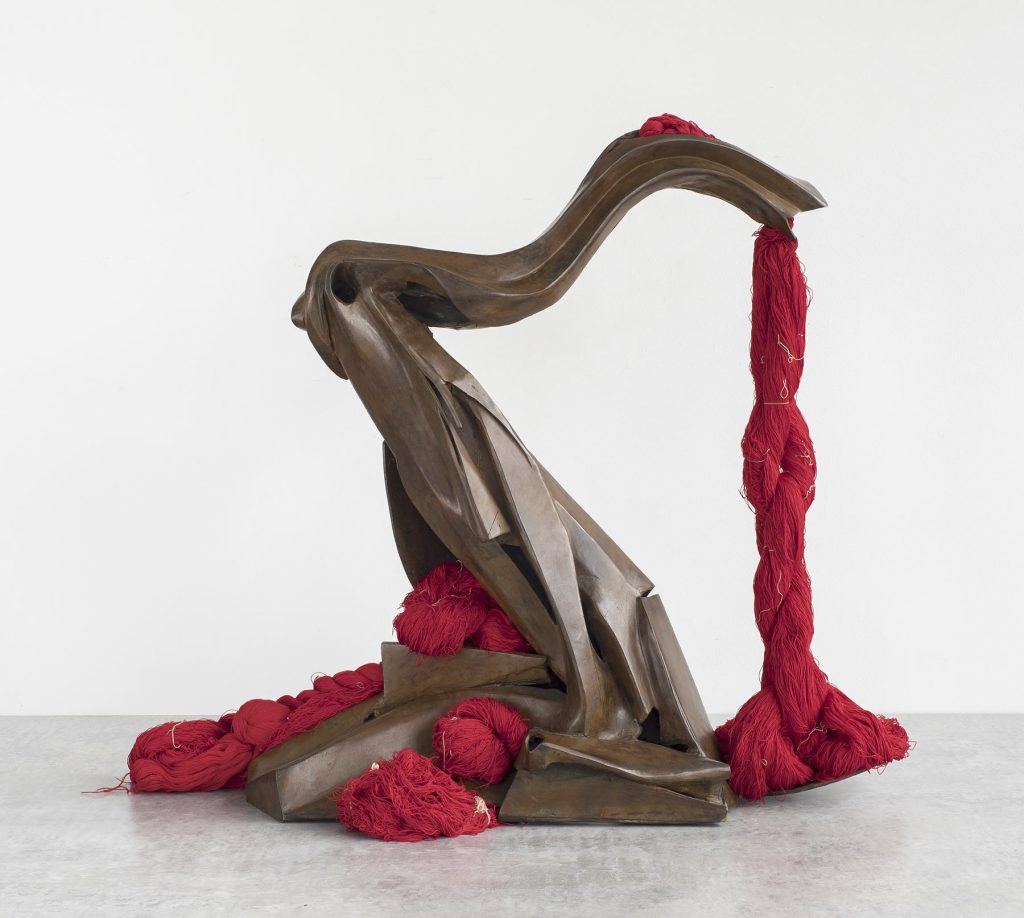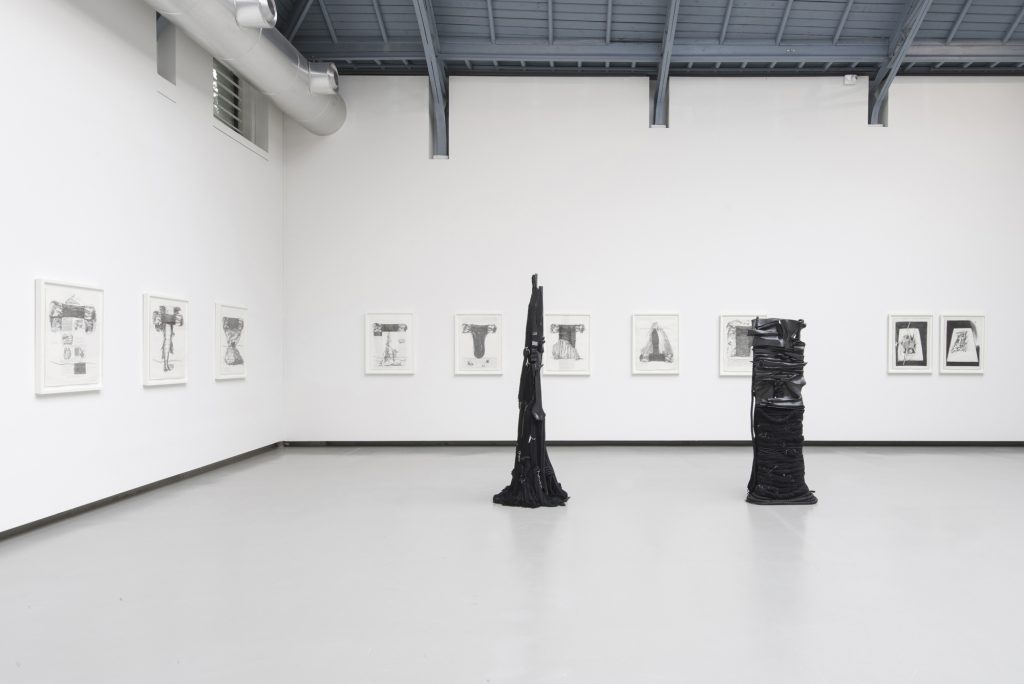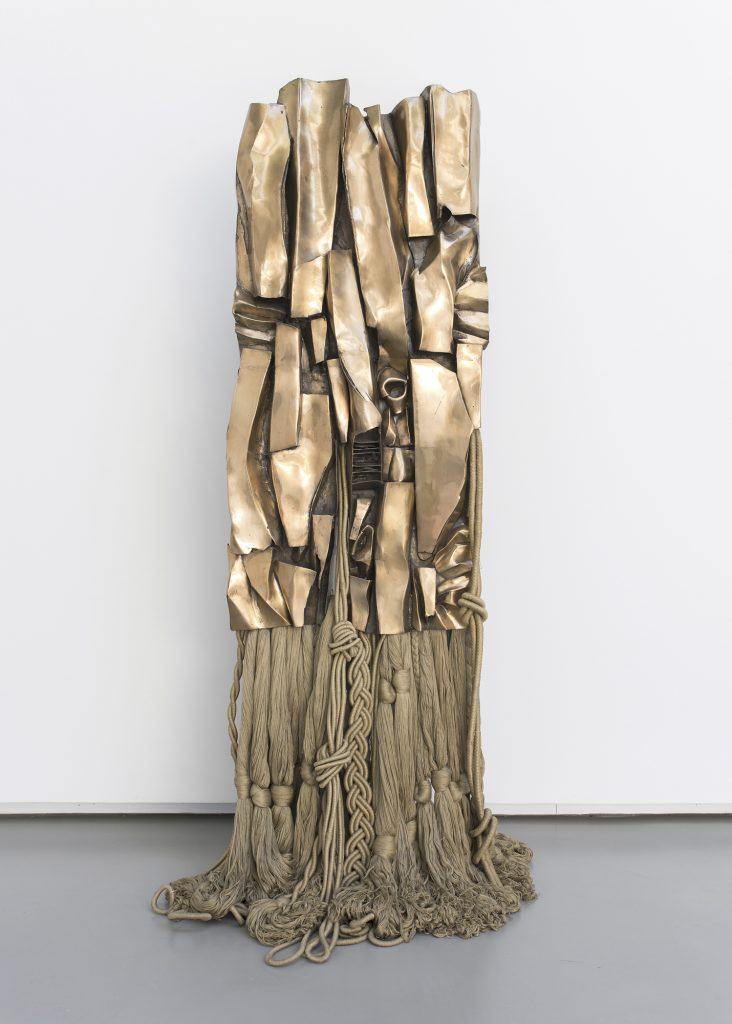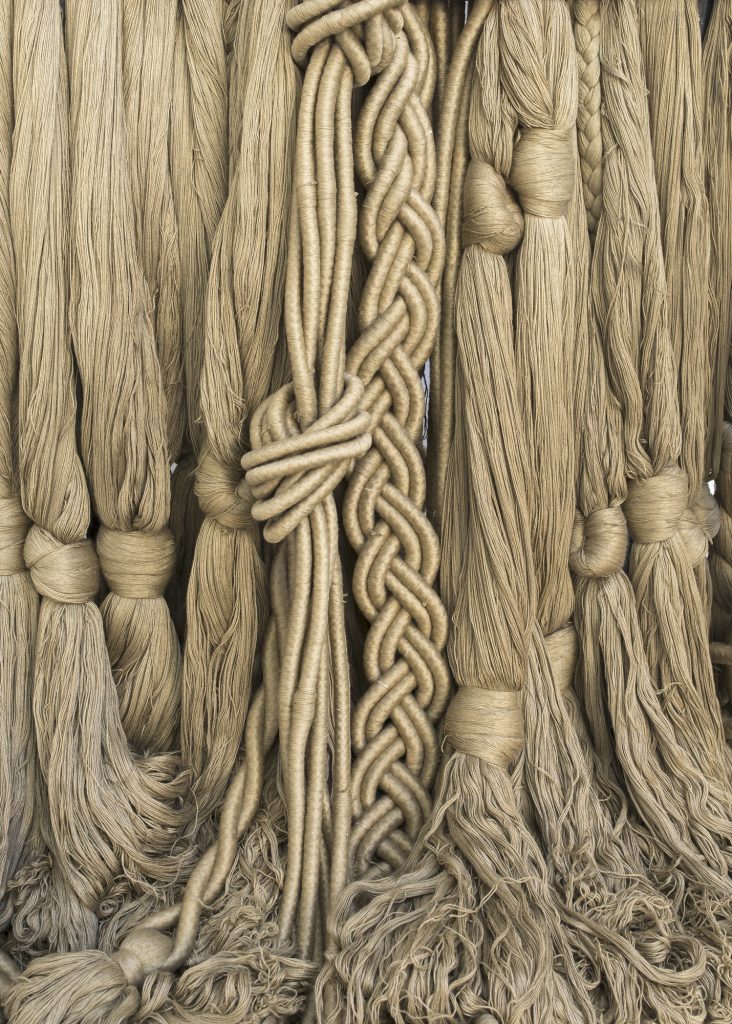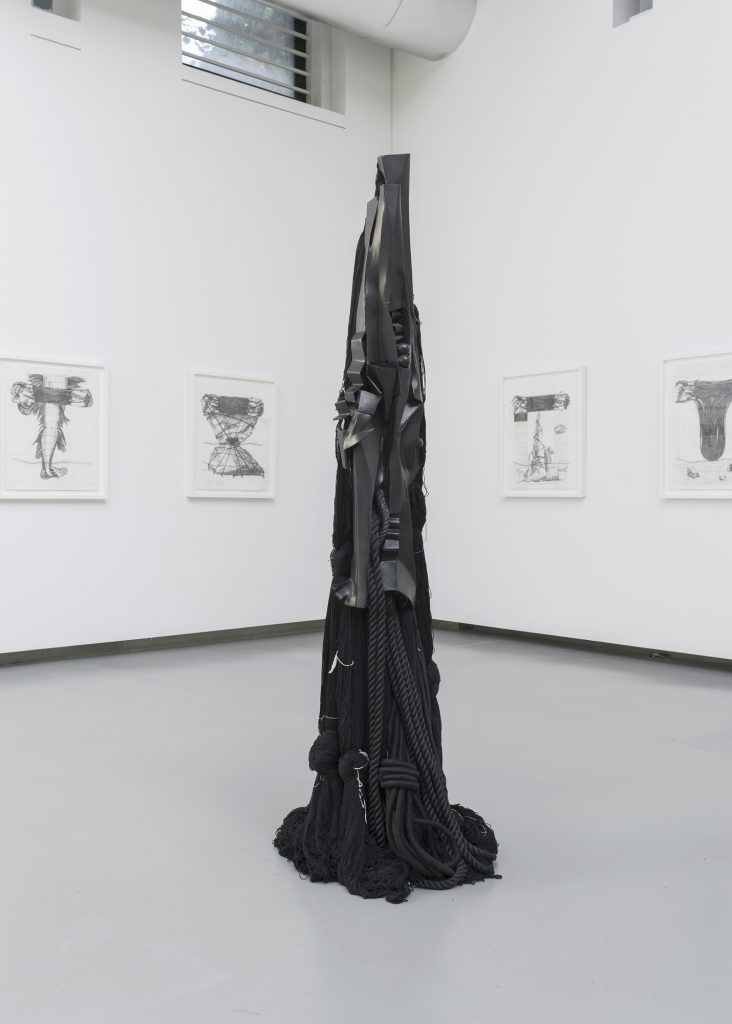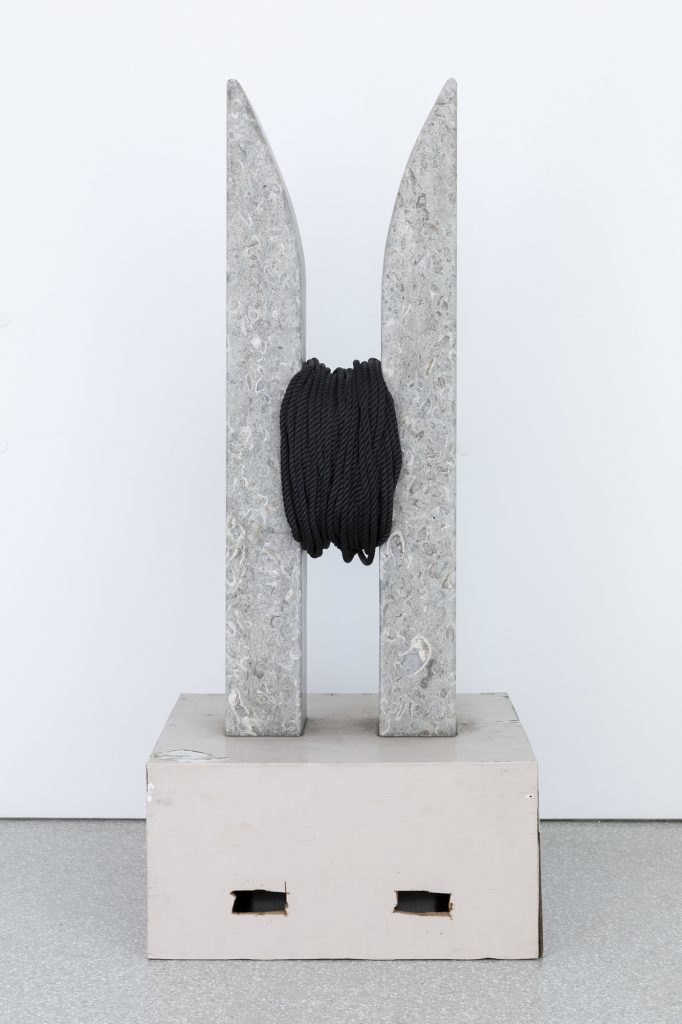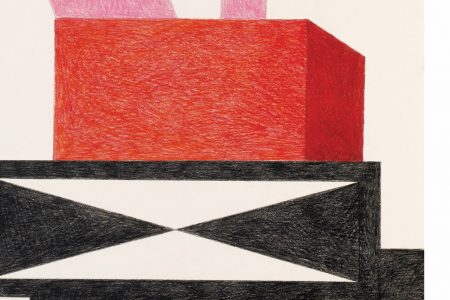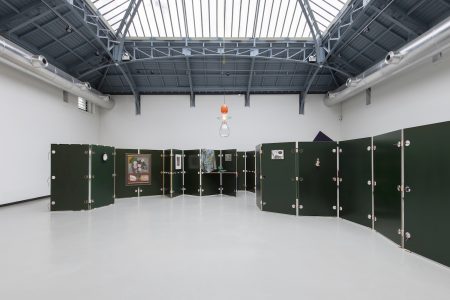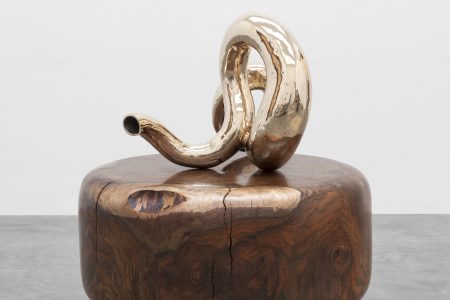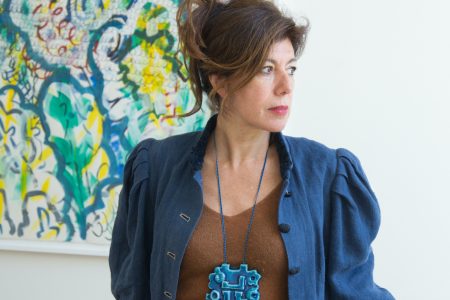Spotlight On: Barbara Chase-Riboud’s ‘Avatars’
Part of the curatorial series ‘Matters of Concern’, this exhibition by Barbara Chase-Riboud is the renowned sculptor, poet and novelist’s first in Europe in a very long time.
A few months ago TLmag spoke to La Verrière’s curator Guillaume Desanges about ‘Matters of Concern’: the third in a series of exhibition cycles that Desanges has focused on for the last couple of years. This particular series, which now has a fifth exhibition that is currently on view, coheres around a particular attention to materials. With a title borrowed from philosopher Bruno Latour, it features a wide range of different approaches that variously foreground the spiritual, social, symbolic, therapeutic and magical properties attributed to materials. Across the exhibitions that make up the series, new relations between art and the living world, objects and material elements emerge. The latest exhibition in this series, ‘Avatars’, brings all these aspects together and more. Exhibiting a series of earlier and new pieces — including sculptures, drawings, collages, shelf compositions — the collected works by Barbara Chase-Riboud testify both the extraordinary diversity in skill within her work and its remarkable coherence, but also reveals the transformational power of an oeuvre that has — despite a degree of critical recognition — remained somewhat marginalised within contemporary conceptual art.
For those who don’t know Barbara Chase-Riboud, she is an American-born and Paris-based creator whose career holds extraordinary creativity and productivity. At just 16 years old, her work was first acquired by the MoMa — and she was the first African-American woman to hold a degree from Yale. With an over 70 year practice, she is known as a novelist, poet, sculptor and draughtswoman; investing time in each practice with the same intensity, and always to universal acclaim. Chase-Riboud’s works are abstract, but socially and politically charged – discreetly, in the folds of their fabric — and with care, as they often upend the hierarchies in which their stories are often told. Subtle clues to the tragic heritage and history of the African diaspora, from the transatlantic slave trade to the civil rights movement in the United States, are sublimated in her forms. Her oeuvre is generous, but never appeased, never reconciled to the darker side of Western history.
With every exhibition, Chase-Riboud retrospectively titles her works according to her intuition. This action and the following results reveal the extent to which her explorations of form are rooted in the tragic history of the African diaspora: from the transatlantic slave trade to the struggle for civil rights within the United States. The title of this exhibition, ‘Avatars’, notes on how the entire history of the Atlantic triangular slave trade (in particular the murderous Middle Passage from the West Coast of Africa to the ‘New World’) is a faceless narrative, a story without pictures or names, told not by its victims, but built on a vast multitude of anonymous ghosts. Throughout her entire oeuvre, Chase-Riboud has sought to name and “flesh out” the forgotten figures of colonial history. Whether explicitly in her novels, like Hottentot Venus, or referenced in her drawings and sculptures through disjointed, compressed forms, sharp edges, “blind spots”, knots, ropes and chains.
Throughout her career, Chase-Riboud has always marched to the beat of her own drum. In the ’70s, when the international art scene took a resolutely minimalist, conceptual turn, Barbara Chase-Riboud has pursued a career that is directed firmly in the opposite direction. Instead of neglecting intuition and preferring ‘reason and analysis’ (a move that went hand in hand with the de-historicisation and de-politicisation of art and, to another extent, art institutions), her work was nourished by improvisation, makeshift-ness and the concrete references to the social, racial and geographic history of power. With works that are rooted in addition rather than opposition, difference rather than normalisation (or default) — this exhibition demonstrated that to make a distinction between ‘beautiful’ and ‘useful’ work is an outdated act. What matters is that the work does something — whether aesthetically or physically — to the ‘norm’, whatever that may be. With its total engagement, at once physical and sensitive, Barbara Chase-Riboud’s ‘Avatars’ constitutes an uncompromising exhibition and fifth instalment of ‘Matters of Concern’.
‘Avatars’ is on view at La Verrière until December 5th, 2020.
Cover Photo: Barbara Chase-Riboud, Poet Walking His Dog, 1994, Africa Rising, 1997, La Verrière (Brussels), 2020
https://www.fondationdentreprisehermes.org/
